Year of the Ginkgo: David Taylor

In his work as a ceramic artist, David Taylor ’86 finds a deep connection to the past.
“You can look at an ancient Greek urn in the British Museum and see the finger marks of the person who shaped it,” he says. “You can see pinch marks in a 4,500-year-old neolithic pots. What you’re seeing is the humanity of the maker. We use electricity — the wheel and the kiln — but we also use other techniques that are similar to what was used thousands of years ago.”
Taylor is a business owner and entrepreneur in Nashville’s booming hospitality industry. A math major at BSC who played in the College’s concert band and woodwind quintet, he began making pottery 16 years ago.
“I needed an outlet from work — something that was just for me,” he says. “I’m not the only person who signed up for a community class and found that the first time they touched the mud, they felt like 10-year-old playing in the dirt again. Only this time, I was actually making something out of it.”
Taylor’s background in mathematics plays a role in his avocation. “Math is problem-solving, and lot of what I do in ceramics is identifying how to do what I’d like to achieve,” he says. “You can spend a lifetime learning and perfecting ceramics – understanding the chemistry and science of clay, silica, the oxides we use, learning the melt points of different clays, how to introduce fire, the difference in oxygen with an electric kiln versus a gas-powered kiln, and how to control that, digging your own clays and mixing clays.”
Taylor’s most recent works have been produced through Clay Cohorts, which matches professional and semi-professional ceramic artists with experienced mentors. “My mentor is Lisa Orr in Massachusetts,” he says. “We have two hour-long Zooms and one small-group Zoom each month, plus a week-long small group in-person meeting at Lisa’s studio. It’s intense; there’s homework and deadlines, and it’s designed to be a post-baccalaureate experience for those like me who can’t go for a more formal experience.”
The mentoring experience has shifted Taylor’s view of his work. “It has helped me be thoughtful about the decisions I make, to look at my work more critically, and develop a methodology that is always improving,” he says. “She asks hard questions to which I don’t always know the answer.”
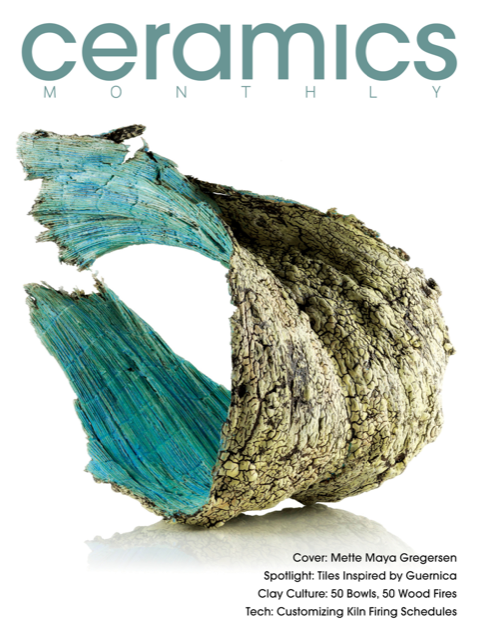 Three of Taylor’s pieces were selected for the 2023 Clay Cohorts exhibit, and one was selected from that show to be featured in Ceramics Monthly’s February issue.
Three of Taylor’s pieces were selected for the 2023 Clay Cohorts exhibit, and one was selected from that show to be featured in Ceramics Monthly’s February issue.
Ceramics can be a fun and rewarding first step into hands-on art. “If you took a two-hour community class, you could go home at some point with a bowl or vase,” he says. “It might not look all that pretty, but it’s a bowl. You’ve gotten immediate results and had fun with it.
“Or it can develop into an obsessive hobby — in which you continue to take a part of the earth, form it into a shape, and heat it hot enough to make something permanent and, hopefully, beautiful.”

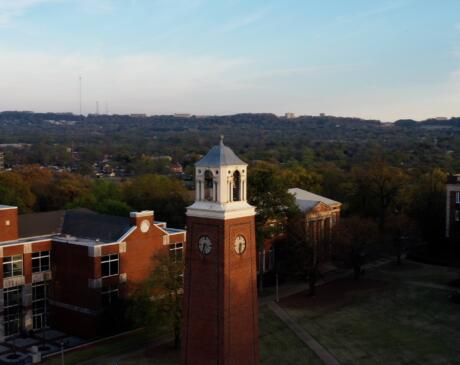

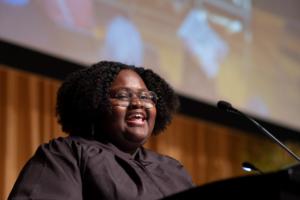
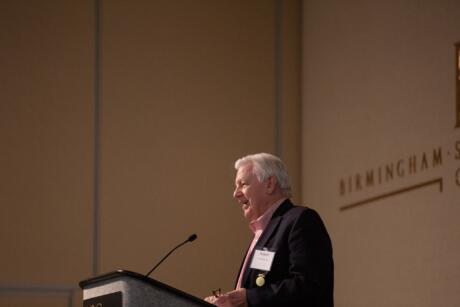
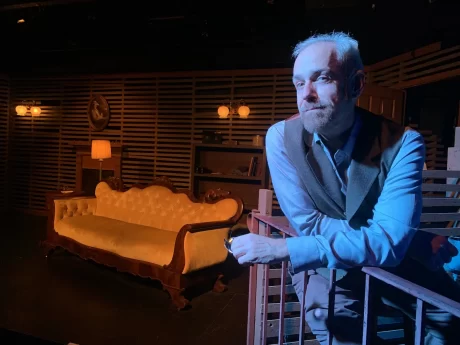
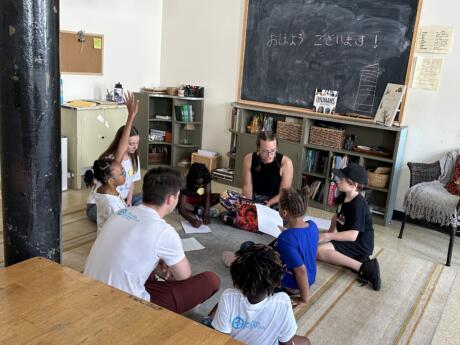
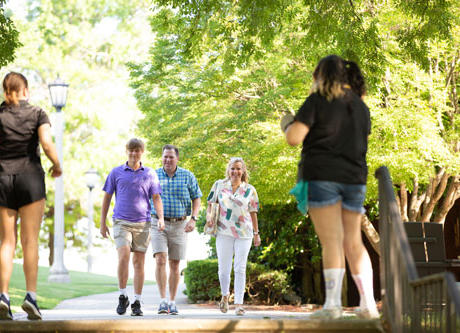
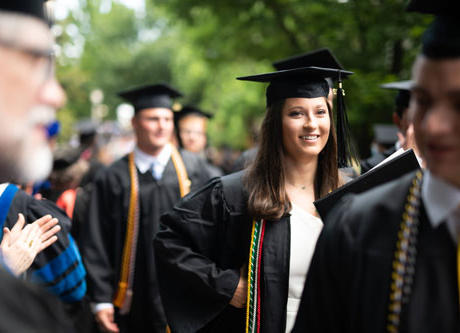
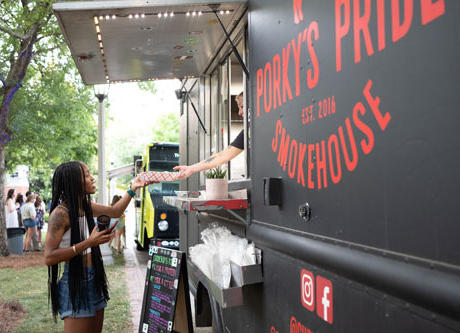
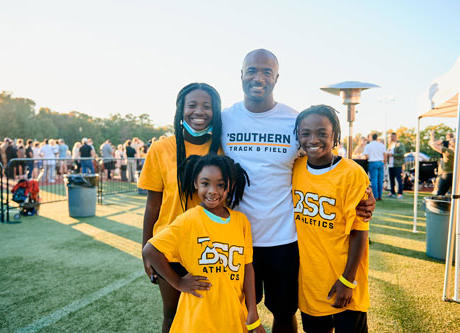
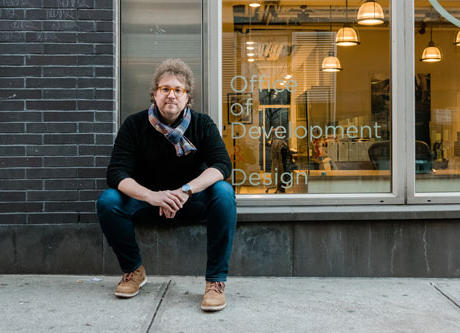
// Comments are closed //